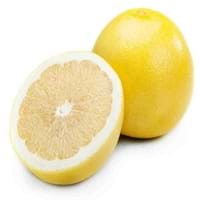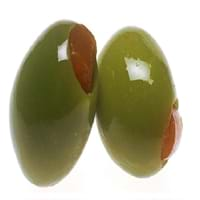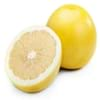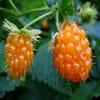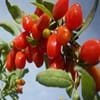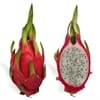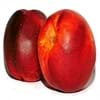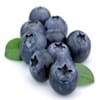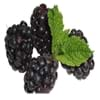Health Benefits
Arthritis prevention, Asthma treatment, Cancer prevention, Kidney stone treatment, Liver health
Cancer prevention, Helps in cartilage regeneration, Prevents macular degeneration, Treatment of alzheimer's disease
General Benefits
Anti oxidant properties, Boosts immune system, Cures cough, Eye care, Fights against infections, Helps in weight loss, Improves eye vision, Maintains healthy cholesterol level, Treatment of common cold
Anti oxidant properties, Anti-inflammatory properties, Boosts immune system, Controls blood pressure, Digestive aid, Maintains healthy cholesterol level
Skin Benefits
Anti-aging benefits, Brightens and lightens complexion, Reduces wrinkles, Treatment of dark spots
Hydrates skin, Skin rejuvenation, Treatment of skin diseases
Hair Benefits
Prevents hair loss, Protects hair, Regulates hair growth, Treatment of dandruff
Acts as moisturizer, Good conditioner, Regulates hair growth
Allergy Symptoms
Abdominal pains, Breathing difficulty, Decrease in blood pressure, Diarrhea, Dizziness, Eczema, Hives, Lightheadedness, Nausea, Runny nose, Sneezing, Swelling of mouth, tongue or lips, Vomiting, Wheezing
NA
Side Effects
Allergic reaction
Affects blood glucose levels, Dizziness, Stomach pain
Best Time to Eat
As a snack in the late afternoon, Eat the fresh ones, avoid mixing with any other foods, don't eat after meal., Morning time (before lunch), Strictly avoid empty stomach
Hardly eaten raw, Olive oil is consumed for many purposes.
Vitamin B5 (Pantothenic Acid)
Vitamin C (Ascorbic Acid)
Vitamin K (Phyllochinone)
Calories in Fresh Fruit with Peel
Not Available
Calories in Fresh Fruit without Peel
Not Available
Calories in Frozen Form
Not Available
Not Available
Type
Citrus, Tree fruit
Tree fruit
Season
All seasons
Spring, Summer
Varieties
Duncan, Marsh and Oro Blanco
Manzanillo, Sevillano, Mission, Ascolano, Barouni, Gordal, Rubra and Picholine
Color
White
Black, Green, Purple, Yellow
Inside Color
Creamy Yellow
Brown
Origin
Barbados
Eastern Mediterranean Region
Soil Type
Loam, Well-drained
Well-drained
Climatic Conditions
Humid, Warm
Warm to hot climate
Facts about
- February is known as National Grapefruit Month.
- It is called as state fruit of texas.
- No mechanical devices are used while picking grapefruits, they are always handpicked.
- In ancient Greece, 1st eye shadow was made by adding olive oil in ground charcoal.
- The most expensive form of olive oil is Extra Virgin.
- Largest type of olive tree is known as donkey tree & smallest one is called bullet.
Other Countries
Argentina, India, Israel, Mexico, South Africa, Sudan, Thailand, Turkey, United States of America
Algeria, Egypt, Greece, Italy, Morocco, Portugal, Syria, Tunisia, Turkey
Top Importer
Europe
United States of America
Top Exporter
United States of America
Italy
Botanical Name
Citrus paradisi
Olea europaea
Synonym
Not Available
Not Available
Subkingdom
Tracheobionta
Tracheobionta
Division
Magnoliophyta
Magnoliophyta
Class
Magnoliopsida
Magnoliopsida
Order
Sapindales
Lamiales
Species
C. × paradisi
O. europaea
Generic Group
Citrus fruit
Olive
Difference Between White Grapefruit and Olive
We might think that White Grapefruit and Olive are similar with respect to nutritional value and health benefits. But the nutrient content of both fruits is different. White Grapefruit and Olive Facts such as their taste, shape, color, and size are also distinct. The difference between White Grapefruit and Olive is explained here.
The amount of calories in 100 gm of fresh White Grapefruit and Olive with peel is Not Available and 115.00 kcal and the amount of calories without peel is 33.00 kcal and Not Available respectively. Thus, White Grapefruit and Olive belong to Low Calorie Fruits and High Calorie Fruits category.These fruits might or might not differ with respect to their scientific classification. The order of White Grapefruit and Olive is Sapindales and Lamiales respectively. White Grapefruit belongs to Rutaceae family and Olive belongs to Oleaceae family. White Grapefruit belongs to Citrus genus of C. × paradisi species and Olive belongs to Olea genus of O. europaea species. Beings plants, both fruits belong to Plantae Kingdom.
